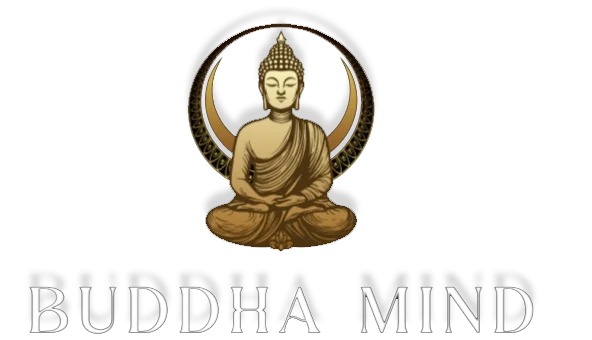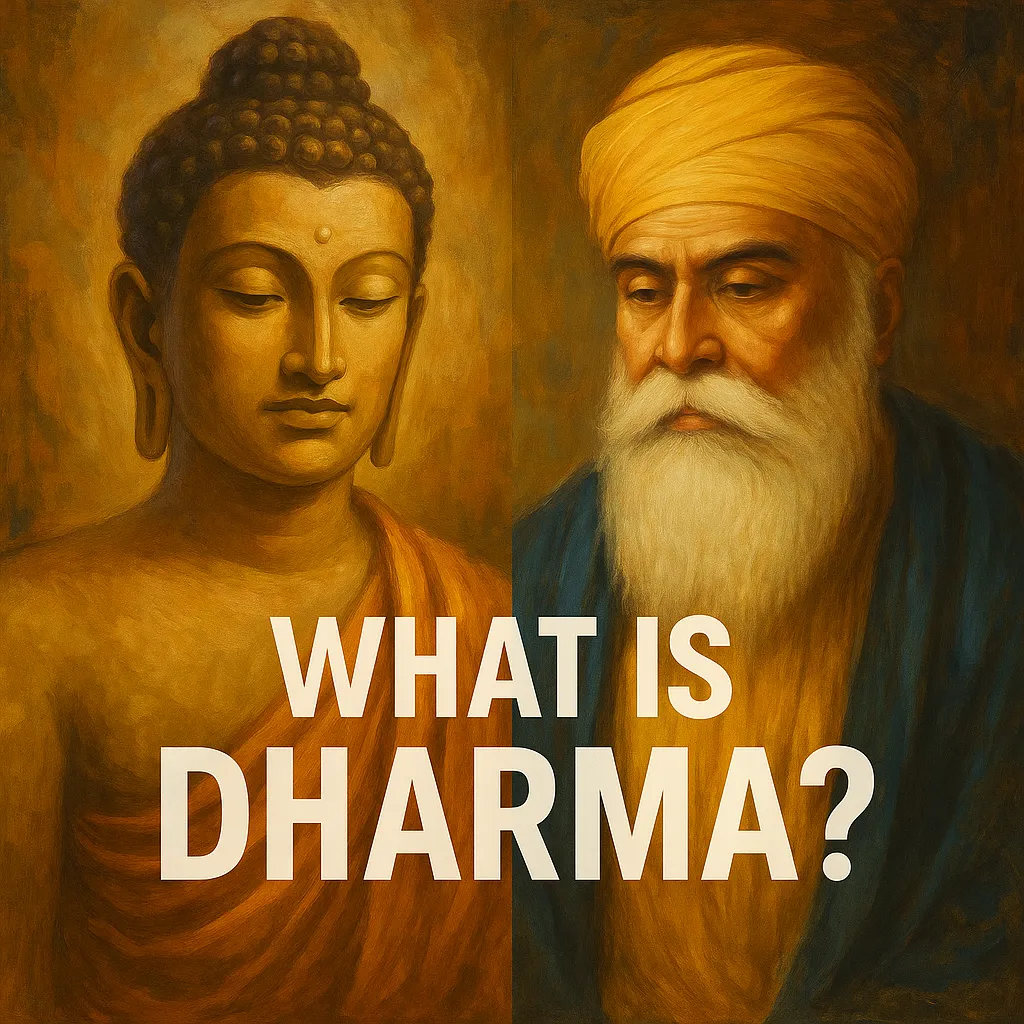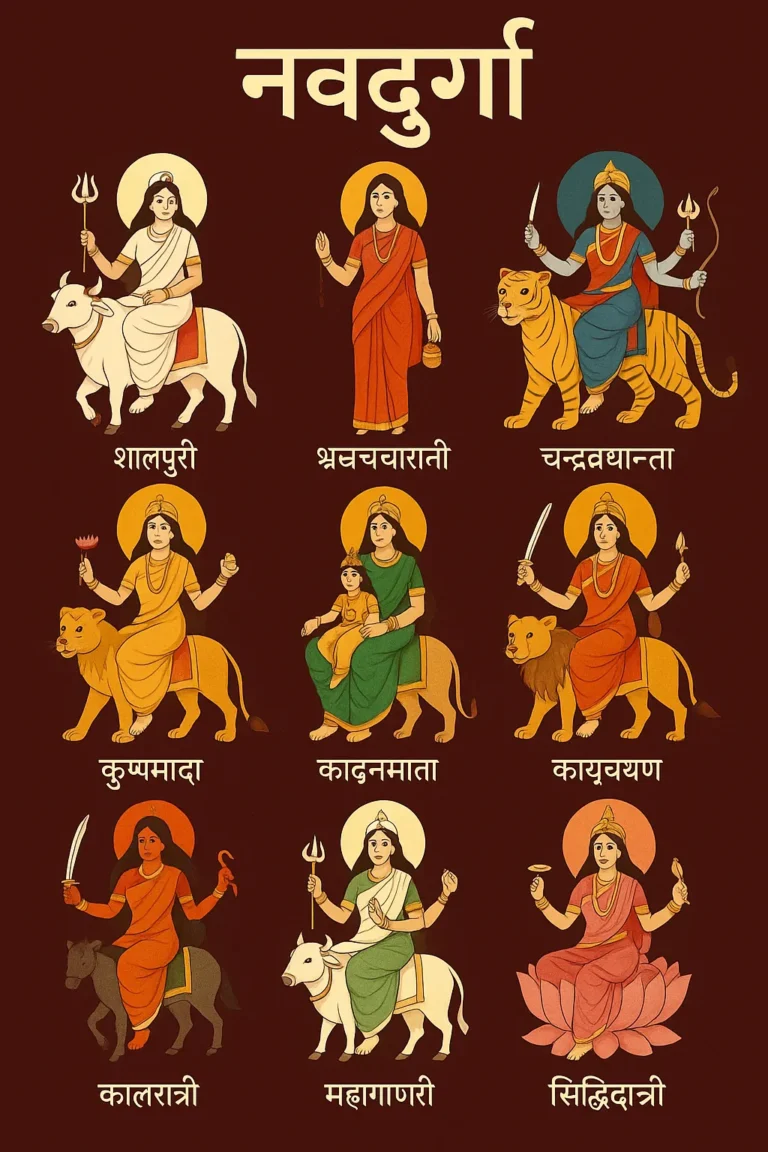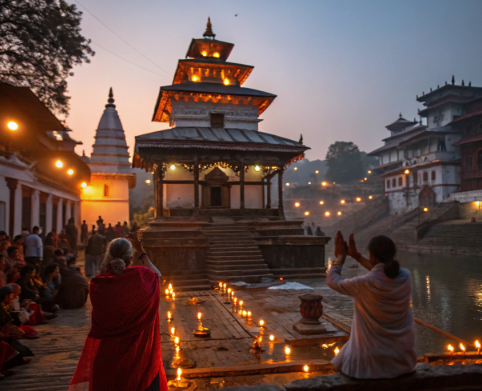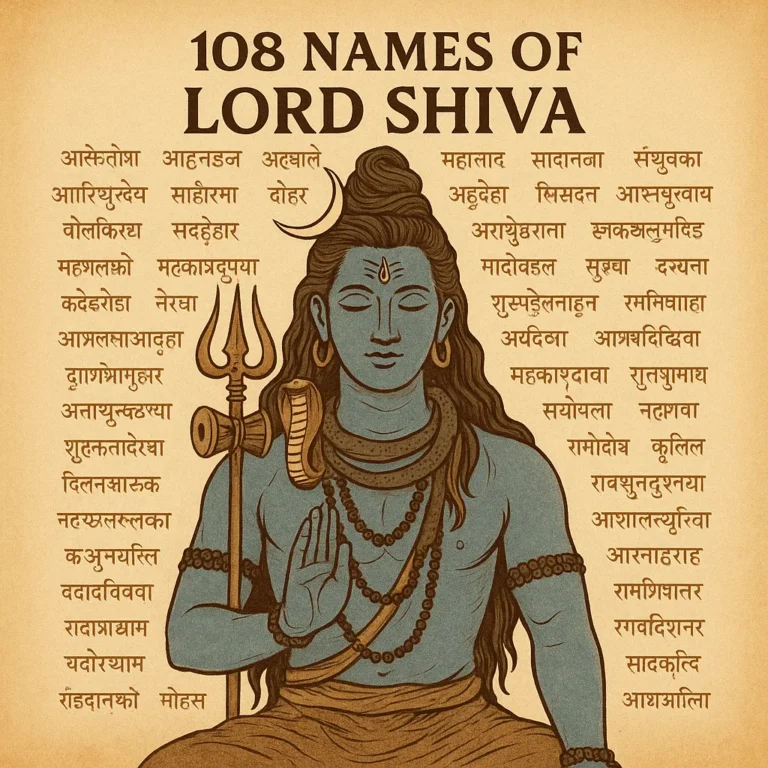Understanding Dharma: A Universal Path Rooted in Truth
For centuries, the term “Dharma” has been misinterpreted and reduced to a label for religious identity. But the original meaning of Dharma is far more profound. It points not to any creed, ritual, or sect, but to the universal law of nature — the truth that governs all life.
Dharma Is Not Religion
In ancient Indian tradition, Dharma referred to the intrinsic nature of phenomena. It described reality as it is — the unchanging, impersonal laws that apply to all beings.
For example:
- Fire’s Dharma is to burn.
- Ice’s Dharma is to cool.
Neither fire nor ice belongs to any religion. Their nature is universal. The same holds true for human experiences. When a person feels anger, hatred, or jealousy, they suffer — regardless of religious background. This is the Dharma of mental defilement: it causes misery.
Over time, however, Dharma was mistakenly equated with sectarian belief. During the drafting of India’s constitution, this confusion became official. The term “Dharma-nirpeksh” was used to mean “secular,” implying the government should be non-Dharmic — a contradiction in terms. A state can and must uphold Dharma — ethical conduct and justice — while remaining non-sectarian.
Fortunately, thinkers like Seth Govinddas and Laxmimal Singhvi recognized the error. The term was later corrected to “Panth-nirpeksh,” meaning free of sectarian alignment. Still, the original distortion lingers in public discourse today.
The Dharma of the Buddha: Saddhamma
One of the few teachers who preserved the purity of Dharma was the Buddha. He deliberately avoided attaching sectarian labels to his teachings. Instead, he used the term Saddhamma, meaning “true Dharma.”
Saddhamma is rooted in direct experience, not in belief or ritual. It requires:
- Observation of bodily sensations
- Awareness of mental patterns
- Commitment to truth in every moment
This approach ensures that the practice leads to wisdom, not dogma. For the Buddha, Dharma was inseparable from truth (sacca). He was even known as Saccanāma — the one whose mind is immersed in truth.
Guru Nanak and the Language of Truth
Centuries later, Guru Nanak articulated similar ideas. He too emphasized that Dharma (which he called Satināma) is not belief, but the living practice of truth.
His teachings in the Sikh tradition echo the essence of what is dharma:
- “Satināma karatā purukha” — the creator is truth.
- “Ādi sacu, jugādi sacu, hai bhī sacu, nānaka hosī bhī sacu” — truth is eternal, through all times.
According to Guru Nanak, truth must be lived and realized through personal experience — not inherited through scripture or rituals. This aligns with the Buddha’s instruction to seek Yathā Bhūta Ñāṇadassana — the knowledge of things as they truly are.
False Paths and the Illusion of Ego

Both the Buddha and Guru Nanak rejected superficial or extreme practices as means to liberation. They criticized:
- Blind rituals
- Starvation or self-mortification
- Intellectual speculation
- External silence without internal clarity
Guru Nanak taught that truth cannot be grasped by thinking alone:
“Socai soci na hovaī, je socī lakhavāra.”
— Thinking a hundred thousand times will not bring truth.
The Buddha expressed a similar view. He distinguished between:
- Suta-maya paññā: knowledge acquired by hearing
- Cintā-maya paññā: knowledge acquired by thinking
- Bhāvanā-maya paññā: wisdom acquired by direct experience
Only the last — experiential insight — leads to the cessation of suffering.
Another key misunderstanding is the belief that mere silence or external withdrawal can bring enlightenment. Guru Nanak rejected this notion:
“Cupai cupa na hovaī, je lāi rahā liva tāra.”
— True silence is not physical but mental stillness.
The Root Illness: Ego
Ego, or haumai, is a central theme in both traditions. It is not merely arrogance, but the deep illusion of “I” and “mine” — the basis of craving, aversion, and repeated suffering.
Guru Nanak said:
“Haumai eī bandhanā, phiri phiri jonī pāhi.”
— Ego is the bondage that leads to repeated birth.
“Haumai dīrgha rogu hai, dārū bhī isu māhi.”
— Ego is a chronic disease; the cure lies within.
The Buddha identified ego as the false identification with impermanent mental and physical processes — nāma-rūpa. Liberation arises when one stops reacting to these passing phenomena with craving or resistance.
This realization isn’t conceptual. It comes from observing the body and mind at the experiential level, seeing their impermanence, and no longer clinging to them as “self.”
The Law Within: Hukam and Dhamma
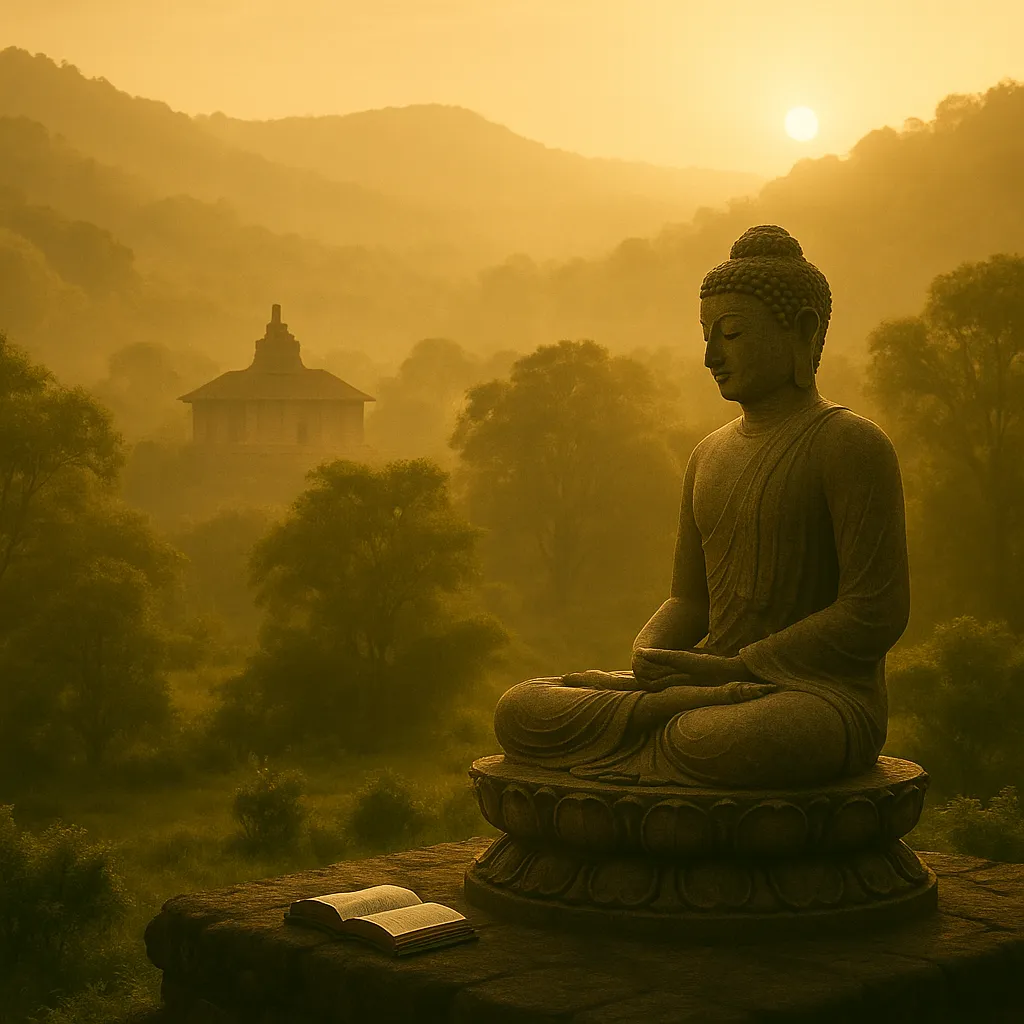
Guru Nanak referred to this universal law as Hukam — the order or will of the cosmos. It is not found in books, but within oneself:
“Hukamai andari sabhu ko, bāhari hukama na koī.”
— The law is internal, not external.
The Buddha called it Dhamma — the uncreated truth that can be discovered through mindful observation. He taught that one must walk in accordance with this law through direct understanding, not blind submission.
Both teachings converge on the idea that truth is not imposed — it is discovered. It arises moment by moment and can only be seen when illusion fades.
A Table: Parallels in Understanding Dharma
| Teaching Figure | Key Term | Description | Shared Principle |
|---|---|---|---|
| Buddha | Saddhamma | Truth-based, universal path | Based on direct observation |
| Guru Nanak | Satināma | Name and nature of truth | Truth as eternal and lived |
| Sikhism | Hukam | Inner cosmic law | Not external, but internal order |
| Buddhism | Dhamma | Nature’s law, path to liberation | Must be realized, not believed |
Liberation Through Truth
Both the Buddha and Guru Nanak stressed the present moment as the gateway to truth. As Guru Nanak stated:
“Ādi sacu, jugādi sacu, hai bhī sacu, nānaka hosī bhī sacu.”
— Truth was in the beginning, through ages, now, and forever.
Liberation requires the destruction of ego through practice, not ideology. When one observes the truth within — the impermanence of sensations, thoughts, and feelings — the illusion of permanence and ownership dissolves.
This leads to Khalsa, in Guru Govind Singh’s words — the purified one who realizes truth:
“Khālisa tāhi nakhālisa janai.”
— Only one who knows the essence is truly Khalsa.
The Modern Relevance of Dharma
In today’s fragmented world, asking “what is dharma” is more urgent than ever. The answer lies not in conversion, identity, or tradition, but in awakening to the nature of reality — within oneself.
This understanding transcends culture and creed. It reveals that all suffering has the same root, and all liberation the same path: truth experienced, not inherited.
As a student in a Khalsa school, S. N. Goenka recalled hearing the words sata-siri-akāla — truth is auspicious and eternal. Only later did he realize how profound those words truly were. That realization became the foundation of his life’s work.
Whether one follows the teachings of the Buddha, Guru Nanak, or any other awakened being, the essential call remains the same:
Live truthfully. Observe deeply. Let go of illusion.
Only then does Dharma return to its original meaning — not a belief, but a path of liberation.
